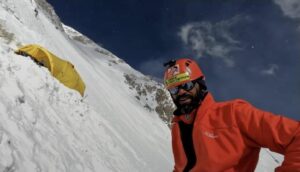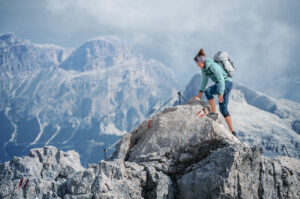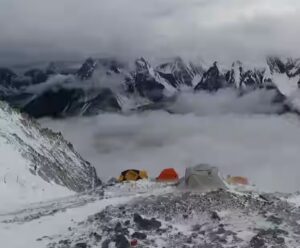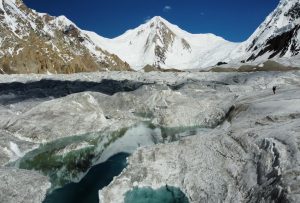Despite increased criticism about crowding and garbage on the Himalayan giants, Nepal’s new government has just issued a plan called Tourism Decade 2023-2033 to boost tourism.
A profitable fall climbing season
The number of visitors to Nepal’s mountains increased significantly in 2022, after two low years because of COVID. For example, although autumn is inevitably not as busy as the spring Everest season, it had some encouraging numbers. A total of 1,441 people from 77 countries obtained climbing permits for Nepal’s peaks. This earned over $700,000 in permits alone, according to Nepal’s Department of Tourism.
Manaslu crowds by Toshiyuki Yamada on Instagram:
Manaslu registered a new record of permits — 404. Meanwhile, 34 climbers attempted Dhaulagiri, without success, and 12 (including Nepalis) bought permits for the likewise unsuccessful autumn attempt on the South Face of Cho Oyu.
The most common visitors to Nepal were Americans (145), followed by French (132), British (130), German (85), Spanish (84), Indian (49), Swiss (58), Italians (44), Russians (62), Polish (50), Australians (45), Austrians (32), Japanese (31), and South Koreans (30).
Still hampered by COVID restrictions, only 22 Chinese came to Nepal. Unsurprisingly, only six Ukrainians showed up. Ten 8,000m climbers came from the United Arab Emirates, a sign of the quickly growing Middle Eastern market, as well as 11 Bangladeshis.
It’s the opening of new markets, a wider number of climbing options, and increased comforts aimed to attract upper-end clients that will mark mountain tourism next year. There is no limitation in the number of either permits or visitors. The national policy seems to be, the more, the better.
More millionaires, fewer backpackers
Statistics show a significant recovery from the pandemic years in Nepal, although still slightly less than the figures for 2018 and 2019. During the closures of 2020, at the height of the pandemic, tourism revenue shrunk to $238 million, according to global trends.

Luxury glamping during an elephant safari in Chitwan. Photo: Nepal Travel Adventure
The new Decade of Tourism plan aims to increase the average daily spending per visitor from the current $48 to $125. To do this, it will offer more high-end tourism versus the classic allure of Nepal as an affordable paradise for backpackers.
“Nepali entrepreneurs have been selling the country too cheaply to tourists,” declared an editorial in The Himalayan Times.
Overall, the government wants to increase the importance of tourism from 2% to 10% of Nepal’s Domestic Gross Product. It also wants to diversify destinations, so far centered in Kathmandu, Pokhara, Chitwan, and the Everest region.






